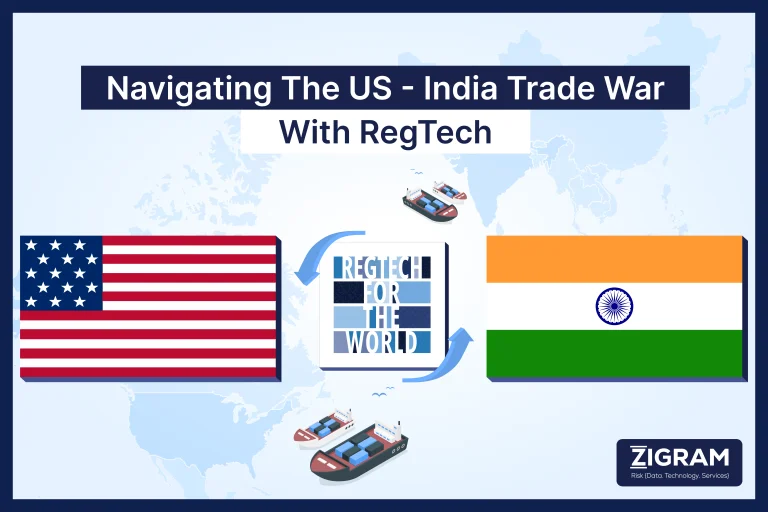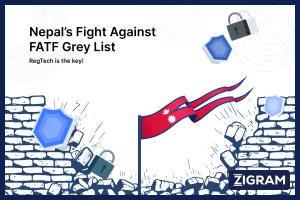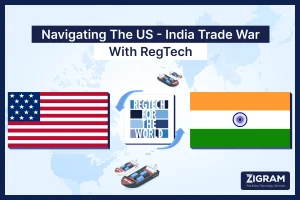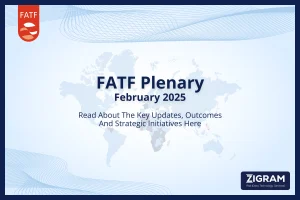The escalating tariff policies between the US and India are reshaping global business dynamics and trade, introducing both obstacles and opportunities. As each nation adjusts its tariffs to strengthen domestic industries and secure trade advantages, businesses operating across borders must quickly adapt to regulatory shifts. While these changes can increase compliance burdens and disrupt supply chains, they also present a compelling case for the adoption of regulatory technology (RegTech). By leveraging AI-driven compliance monitoring and automated risk assessments, RegTech can help businesses navigate the evolving trade landscape with efficiency and accuracy.

Overview of New Tariff Policies
United States Tariff Adjustments
The Trump administration has introduced tariff measures aimed at reducing dependence on foreign supply chains and promoting domestic production. Key changes include:
- Higher tariffs on Chinese technology imports – This impacts businesses that rely on Chinese hardware and software.
- Increased tariffs on steel and aluminum – Designed to protect domestic manufacturers but raising costs for industries that depend on imported materials.
- Reciprocal tariffs on Indian goods – The US is targeting India’s high tariffs on American products, particularly in technology and agriculture.
India's Tariff Adjustments
India has recently introduced tariff measures designed to promote domestic industries and align with its economic vision. Key adjustments include:
- Higher tariffs on imported electronics and software – Encouraging local development in technology.
- New tariffs on financial and digital services – Affecting cross-border transactions and compliance solutions.
- Ongoing trade negotiations with the US – Addressing trade imbalances, particularly in technology and finance sectors.
Economic and Political Implications
India's Tariff Adjustments
The imposition of tariffs by both the US and India has ripple effects on global trade. Higher tariffs lead to increased costs for businesses, which can result in higher prices for consumers. At the same time, protectionist policies may encourage domestic industries to grow but can also limit foreign investments. As trade barriers rise, businesses operating internationally face higher compliance risks and supply chain disruptions.
Geopolitical Considerations
The tariff adjustments are not just economic decisions but also part of broader geopolitical strategies. The US aims to counter China’s economic dominance and bring more manufacturing back to America. Meanwhile, India’s strategy aligns with its ambition to become a global manufacturing hub. These policies influence diplomatic relations and may affect future trade negotiations with other countries.
Industry Impacts
Technology Sector
- Higher tariffs on imported technology components can increase production costs for electronics and software firms.
- Companies may need to establish local production facilities to mitigate costs.
Automobile Industry
- Tariff hikes on steel and aluminum directly impact car manufacturers, increasing vehicle prices.
- Companies may seek alternative supply chains or shift production locations.
Pharmaceutical Sector
- Increased tariffs on medical imports may affect pricing and availability of critical medicines.
- Encourages domestic production but may temporarily disrupt the market.
Challenges for Businesses Due to Tariffs
- Increased Compliance Costs – Higher tariffs raise operational costs, impacting pricing and business strategies.
- Data Flow and Privacy Challenges – Trade policy shifts may disrupt cross-border data-sharing agreements.
- Regulatory Fragmentation – Different tariff policies between the US and India create complexities in maintaining compliance.
- Supply Chain Disruptions – Companies may need to reassess global supply chains due to increased costs.
- Opportunities in Domestic Markets – Local businesses may benefit from reduced reliance on foreign suppliers.
How RegTech Can Help Businesses Navigate Tariff Challenges
RegTech solutions play a crucial role in ensuring compliance and mitigating financial risks amid changing trade policies. Key ways RegTech can assist include:
1. Sanctions and Trade Compliance Monitoring
- Helps businesses track trade-related penalties and sanctions in real-time.
- Ensures compliance with new tariff-related trade restrictions.
2. Entity Verification and Risk Assessment
- Identifies risks in supply chains and business partnerships.
- Assesses trade exposure based on regulatory shifts.
3. Automated Regulatory Monitoring
- Keeps businesses updated on changing tariff policies and trade regulations.
- Reduces manual effort in tracking policy updates.
4. Cross-Border Data Management
- Helps organizations comply with evolving data-sharing rules and regulatory requirements.
- Ensures adherence to localization mandates imposed by different jurisdictions.
5. Supply Chain and Financial Crime Risk Analysis
- Enhances visibility into trade transactions and financial crime risks.
- Strengthens due diligence efforts for import/export businesses.
The Role of RegTech in Policy Adaptation
RegTech is becoming an essential tool in adapting to new tariff policies. Key benefits include:
- Enhanced Trade Transparency – Provides insights into global trade movements and helps businesses make informed decisions.
- AI-Powered Risk Detection – Identifies potential tariff-related compliance risks in real-time.
- Predictive Analytics for Regulatory Trends – Helps businesses anticipate and prepare for policy shifts.
Read about our products: Risk App Ecosystem
Conclusion
The evolving US and India tariff policies present challenges for businesses engaged in international trade. However, with the right RegTech solutions, companies can streamline compliance, monitor regulatory changes, and mitigate financial risks effectively. By leveraging technology-driven compliance tools, businesses can stay ahead of trade policy shifts, ensuring operational efficiency and regulatory adherence in a complex global market.
- #TradeWar
- #TariffPolicies
- #RegTech
- #GlobalCompliance
- #US-India






